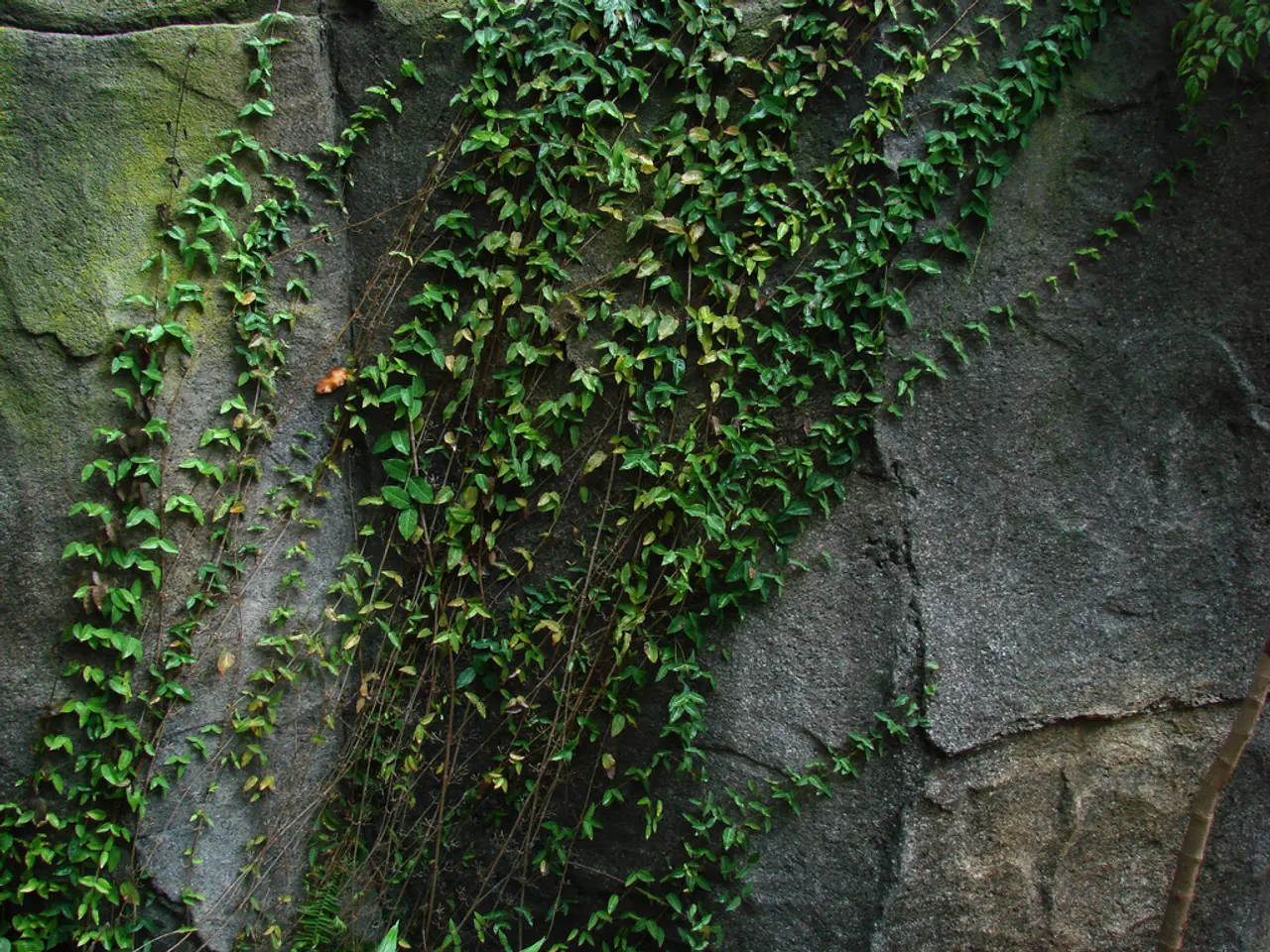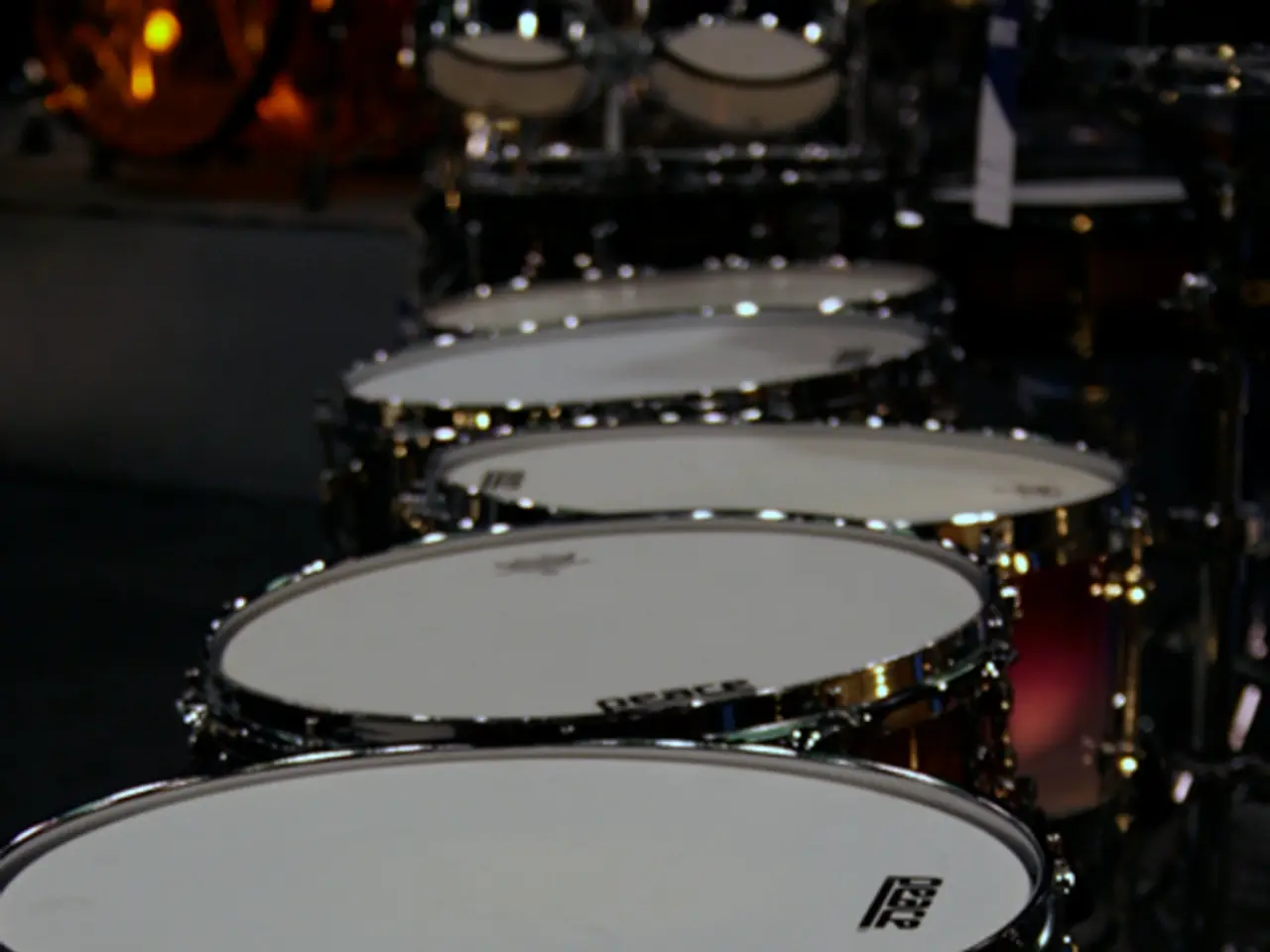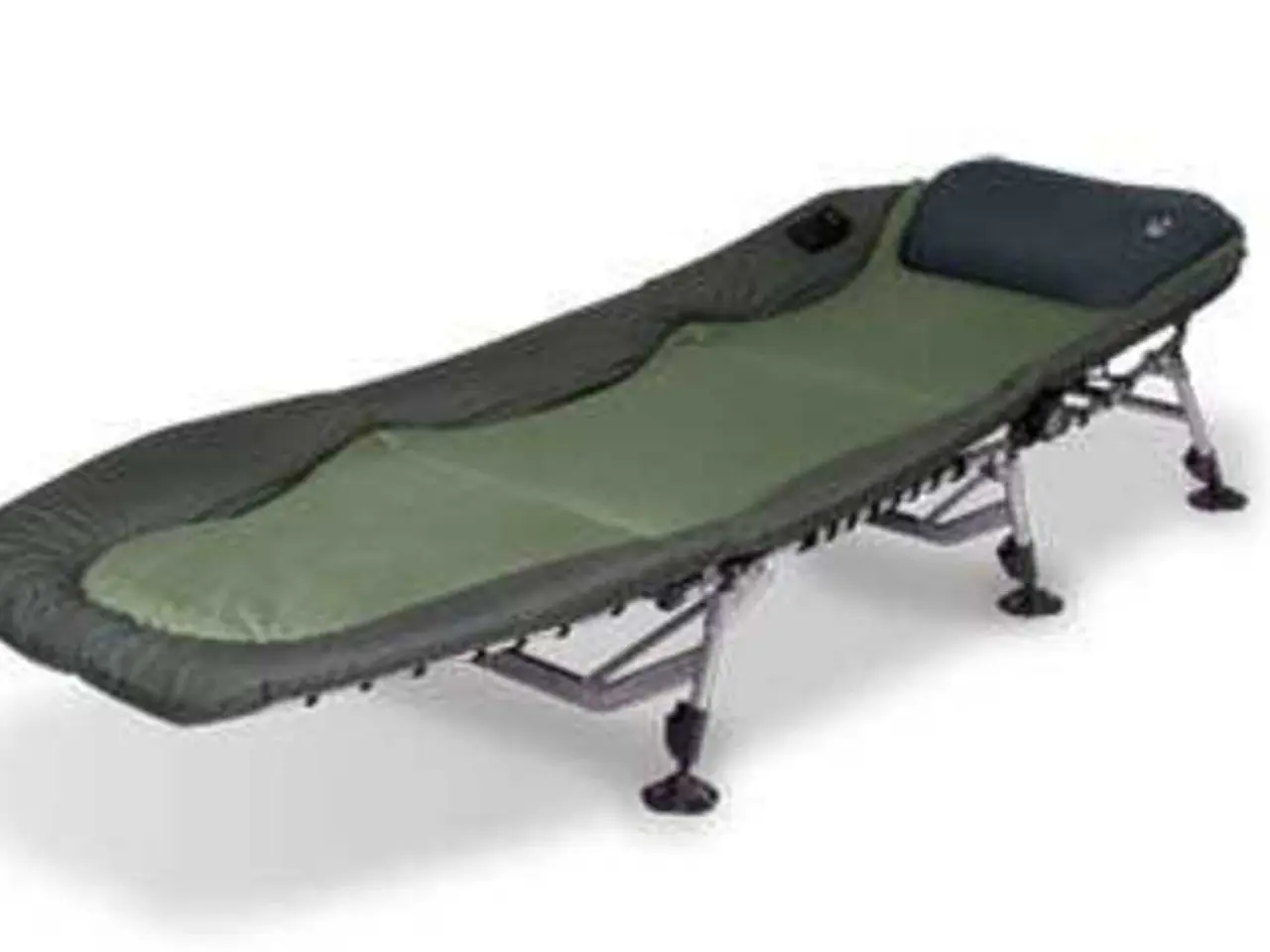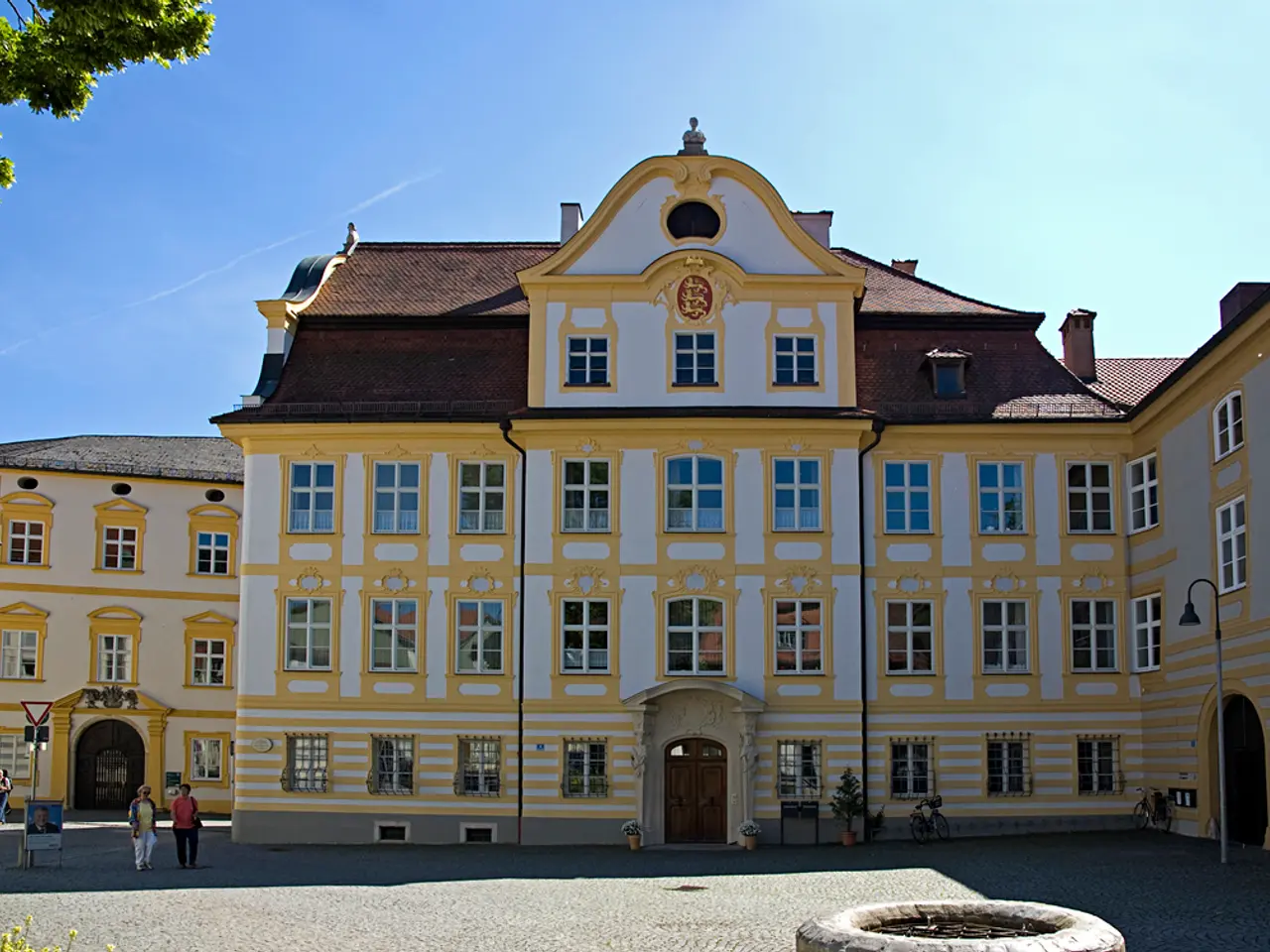Algal blooms harmful to marine life, causing red tide events and fish mortality, according to KISR
In a significant breakthrough for marine science and environmental protection in Kuwait, a study conducted by Dr. Manal Al-Kandari and researchers from the Kuwait Institute for Scientific Research (KISR) has identified the harmful microalgae species responsible for red tides and fish kills in Kuwaiti waters.
The study, published in the journal Botanica Marina, identified three species of microalgae: Karenia papilionacea, Karenia selliformis, and Karlodinium ballantinum. The findings, which were based on advanced molecular and genetic analyses of samples collected between 2014 and 2021, have ended years of scientific uncertainty.
Significantly, Karenia papilionacea had previously been misidentified as Karenia brevis due to similar morphology. The study resolved this longstanding taxonomic confusion. Karenia selliformis, on the other hand, was identified as the cause of the 1999 fish kill in Kuwait. The detection of Karlodinium ballantinum is a first record for both Kuwaiti waters and the Arabian Gulf, marking an important regional scientific milestone.
The discovery has several important impacts on marine environmental research and food security in Kuwait:
- It provides unambiguous molecular identification of the toxic algae species responsible for harmful algal blooms (red tides) and fish mortality events.
- This clarity enables the development of more effective early warning systems to monitor and predict red tide outbreaks, allowing timely protective measures for fisheries and marine ecosystems.
- By protecting fish stocks and marine environments, the findings directly contribute to safeguarding food security, given the reliance on fish resources in the region.
- The study has also established a reference collection of living strains of these algae, which is a valuable resource for future research on their environmental impacts and potential control strategies.
The study was conducted at the Environmental and Life Sciences Research Center and involved the isolation and analysis of ten strains of toxic algae. High-resolution microscopy and genetic analysis (LSU rDNA) of live samples were used to confirm the identities of the microalgae species.
Dr. Al-Kandari emphasized the need for sustained marine research to protect the nation's environmental and economic interests. She expressed gratitude for the continued support from the Kuwait Foundation for the Advancement of Sciences (KFAS). This discovery of Karlodinium ballantinum is a strategic find in regional marine science, as it will contribute to the development of a robust scientific database that will play a vital role in developing early warning systems.
The database, once fully developed, will safeguard marine life and ensure food security, making it a crucial step towards sustainable management of marine resources in Kuwait.
The study in Botanica Marina, which identified Karlodinium ballantinum in Kuwaiti waters for the first time, expands the knowledge base of environmental science, particularly in the Arabian Gulf. This discovery could further the development of a robust scientific database for health-and-wellness, aiding in the creation of effective early warning systems concerning medical-conditions related to the consumption of contaminated marine life.




